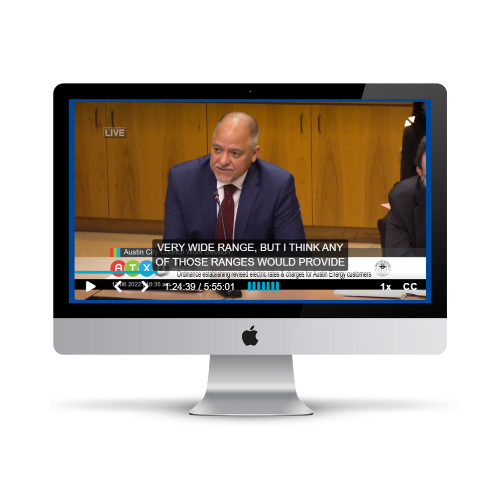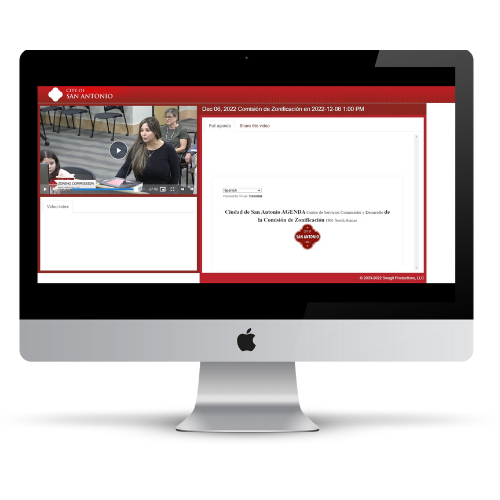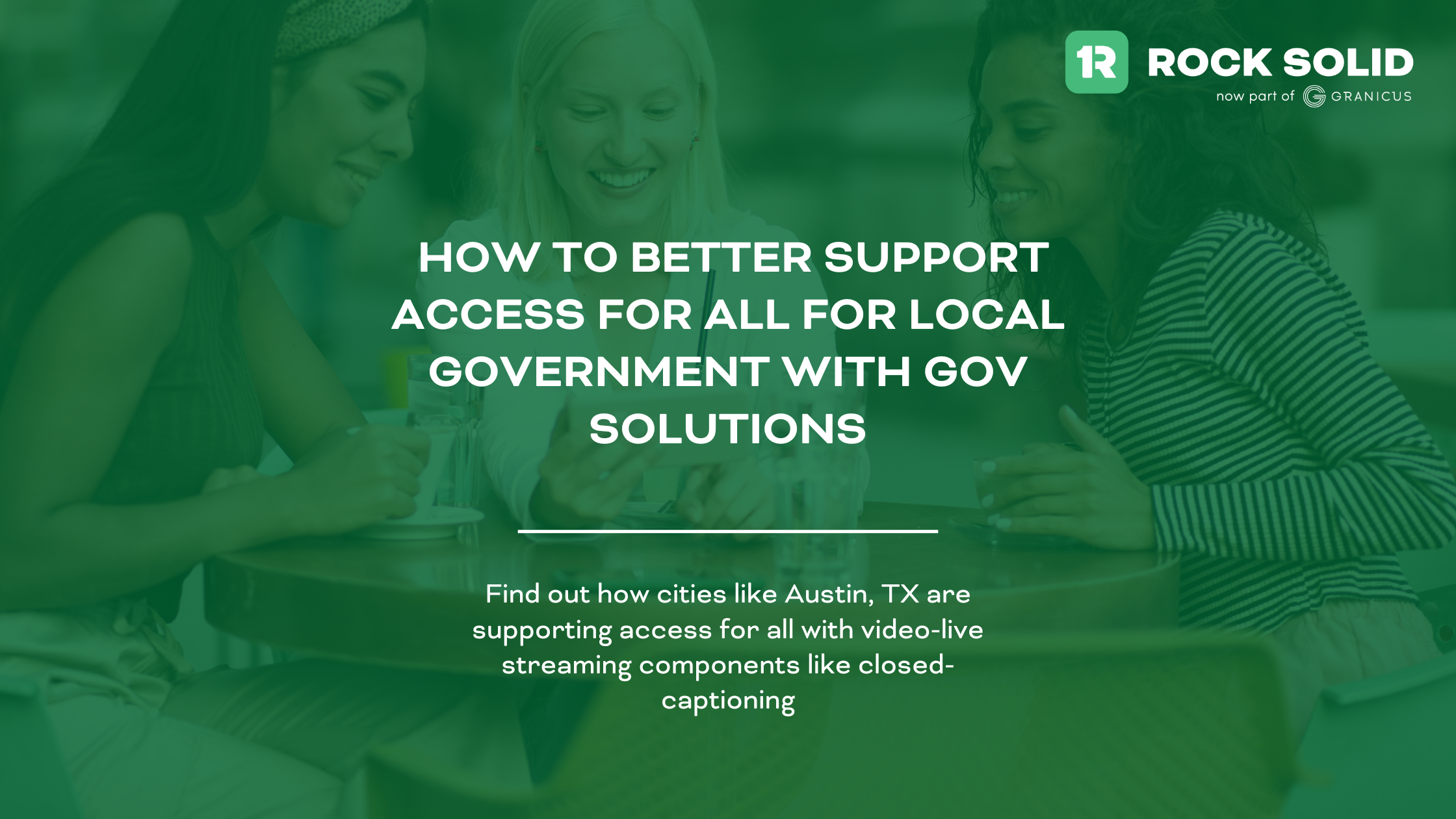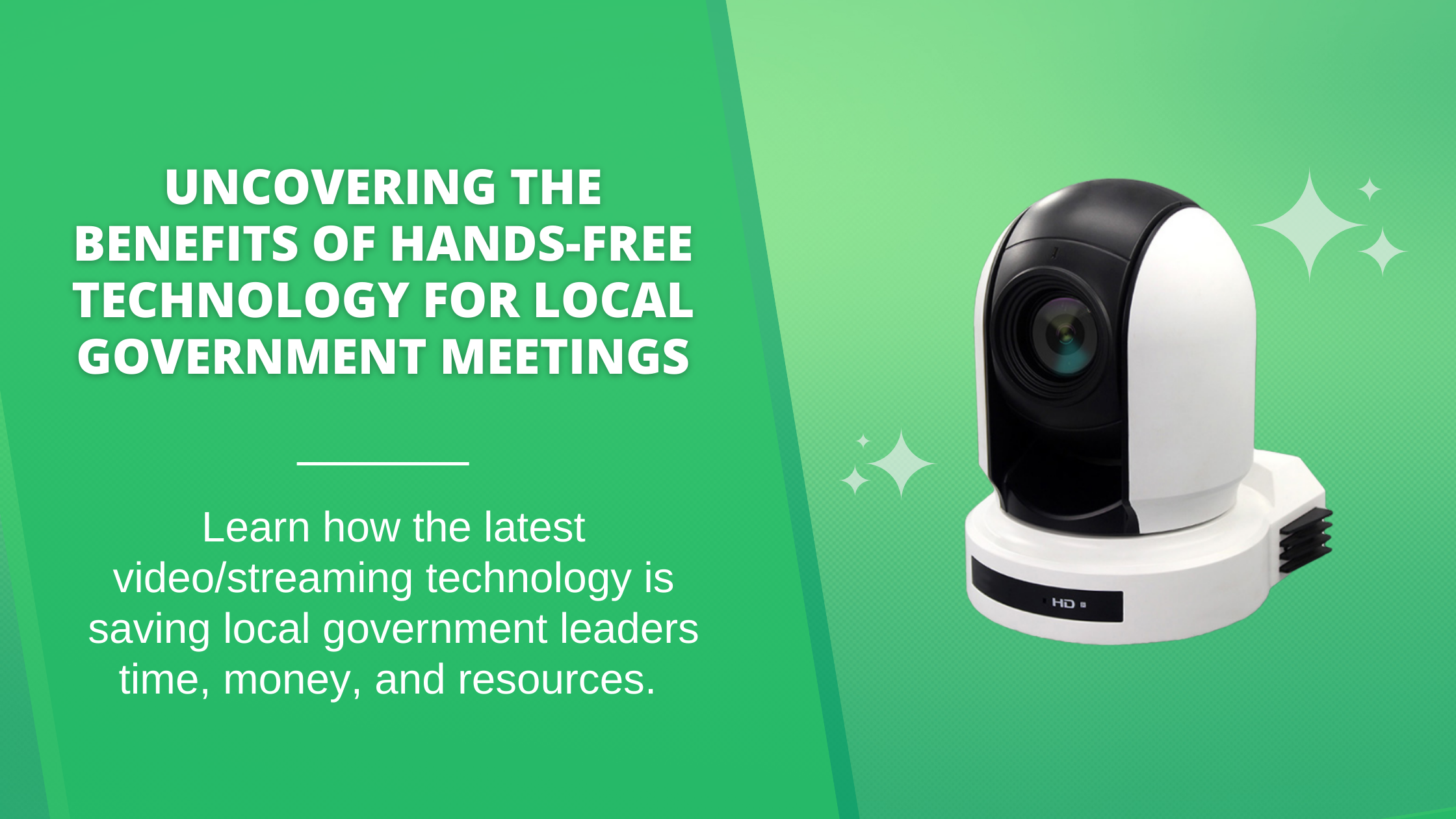Accessibility is important in all different ways of life, especially when in regard to navigating a continuously evolving digital landscape. It’s common best practice to provide accessibility to individuals in public spaces, and digital innovations like government solutions are an integral part of the accessibility discussion for local government. Local government officials are known for a relentless effort toward improving the community experience for both city staff and residents alike, which is why being aware of ways (and tools) to improve accessibility is essential for community growth and inclusivity.

In the latest Rock Solid report, we uncover the 9 Trends in Citizen Engagement for Local Government in 2023, with the fourth trend being Providing Access for All. The phrase sounds nice to everyone, right? I mean, who wouldn’t want to provide access for all?
However, at times, executing access for all practices can be challenging. Motivated to illustrate ways your neighbors are improving and providing access to constituents, Rock Solid is here to share stories that can help enhance access for all in your community and promote thought leadership for planning toward a better tomorrow. Let’s begin with a way that constituents like to consume information: video streaming.
1. ADA Streaming Media Compliance
Video streaming is a preferred method for consuming information, which is why inclusivity is a huge component when it comes to providing access to citizens for public meetings. Local governments must release content that has inclusive features like closed-captioning for video meetings. According to the Center for Hearing and Communication, “Hearing loss affects 48 million people in the United States.”
By this percentage, it’s reasonable to assume that residents in your community face hearing loss too, and having government solutions that offer more access can help residents consume information that is commonly shared in videos of public and council meetings, and public service announcements.

The Americans with Disabilities Act (ADA) shows that people with visual or auditory impairments should be able to access media such as video, websites, and other channels. Meeting this standard is imperative for local governments to serve citizens and follow best practices for accessibility.
Closed-captioning services allow local governments to share videos online and meet accessibility components like meeting Level A and AA WCAG 2.0 Accessibility Requirements, with real-time captioning and helps avoids potential federal penalties. Additionally, viewers can access video to public meetings from anywhere, saving the hassle of finding transportation to meetings and in turn helping increase attendance.

Take for example the city of Austin, Texas, and the closed-caption video/live streaming of their City Council Work Session. Citizens can tune in and have more opportunities for accessibility with provided closed-caption. Now let’s shift gears to another way to help reach more citizens in your community and provide access for all, multilingual engagement.
2. Multilingual Engagement
Multilingual engagement is another important facet for providing access for all citizens, and local governments know that they must accommodate their diverse citizenry when planning communication strategies and discovering new government solutions. In fact, The U.S. also has the 2nd largest population of Spanish speakers in the world (Mexico has the largest). This means that local governments must actively work toward supporting access for all with government solutions that can help multilingual engagement.
Some of these solutions include:
Video/Live Streaming Solutions: We just talked about how closed-captioning helps promote ADA compliance, but beyond that, another high-level way to help access is by providing streams in both English and Spanish. For some municipalities, the decision to move toward multilingual engagement video streaming is even more relevant to their communities.

For the city of San Antonio, TX the situation is true, Nearly 42% of San Antonio residents speak Spanish at home, and of those, almost 30% are not fluent in English. With over 70 public meetings a year, the city had to consider language inclusivity with their government solutions. The city chose a solution [Swagit], that provides streams to their public meetings in both English and Spanish. The video solution works as such: there is a primary stream that includes the meeting's live audio feed with closed captioning in English, and there is a secondary stream that replaces broadcast audio with a live Spanish voiceover translation. On-demand Spanish-language meeting videos are paired with meeting agendas in Spanish as well.
Implementing this multilingual solution has had immensely positive effects on San Antonio's diverse community, and resulted in the city winning its seventh All-America City Award from the National Civic League for the City’s work in promoting equity through inclusive citizen engagement in 2018.
Agenda Management Solutions: As aforementioned, there are some areas where multilingual engagement is especially important. Much like San Antonio, TX, the city of Santa Ana, CA is home to a large Spanish-speaking population too- 77% of the city’s population speaks primarily Spanish.
-1.png)
For Agenda Meeting management, the city needed a way to translate agendas and minutes to accommodate its diverse population. Whereas before they were using an agenda management solution that required juggling 5 different systems to accomplish multilingual access, the new platform [OneMeeting], upgraded to a one-stop-shop for streamlining agenda-meeting. The new platform provides agenda translation using Google Translate and HTML agendas available on a public portal that automatically displays a language drop-down option that converts the agenda into 100+ languages.
The City of Santa Ana received benefits from this solution like increasing resident access to Spanish and supporting access for all in a monumental way, the addition of the language-inclusive features in this solution promotes an advanced future for inclusivity.
Bottom Line: As we said, who wouldn't want to support access for all? Local government officials care about their communities and the citizens they serve by nature, and there are solutions in the market that can help better support access for all and build a foundation for inclusive access for years to come. In our full 9 Trends in Citizen Engagement for 2023 report, we uncover more detailed stories of trends that matter and how your neighbors are being earlier adapters of these trends in citizen engagement too.


